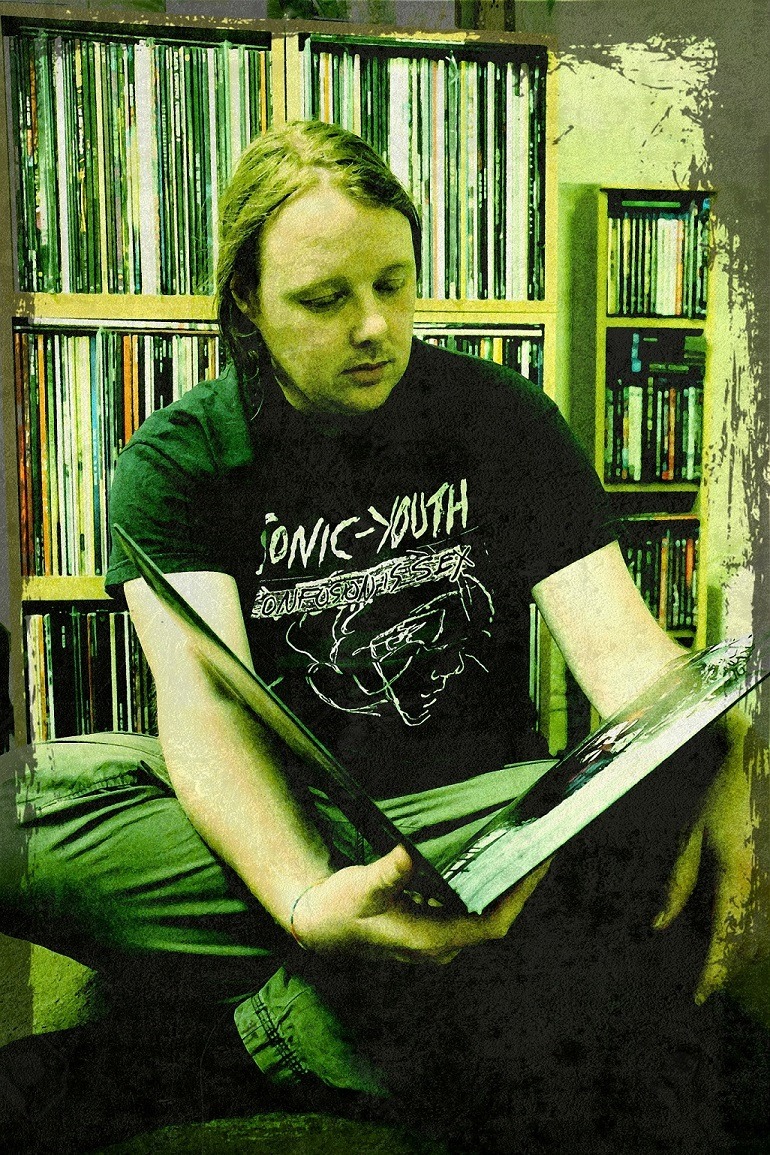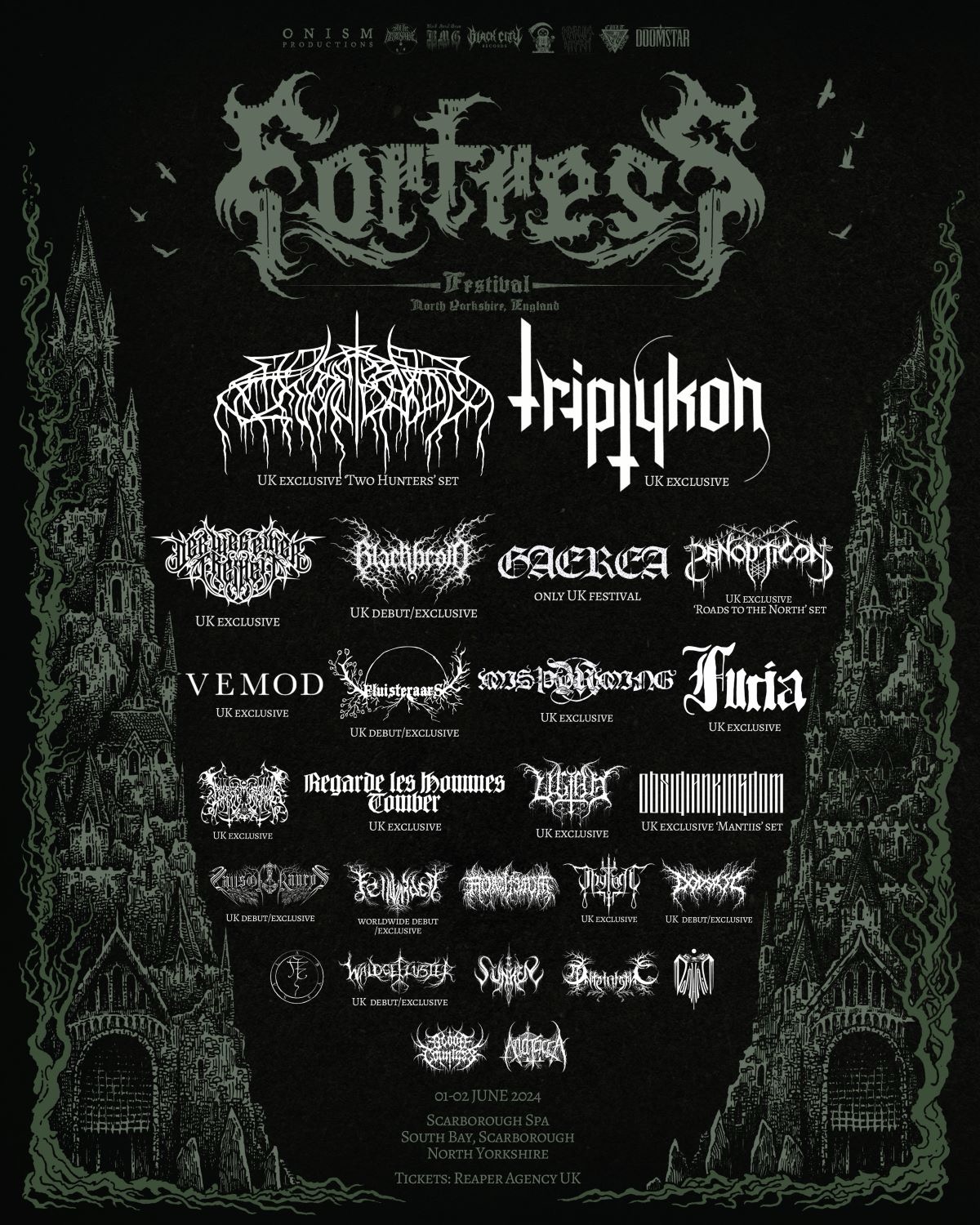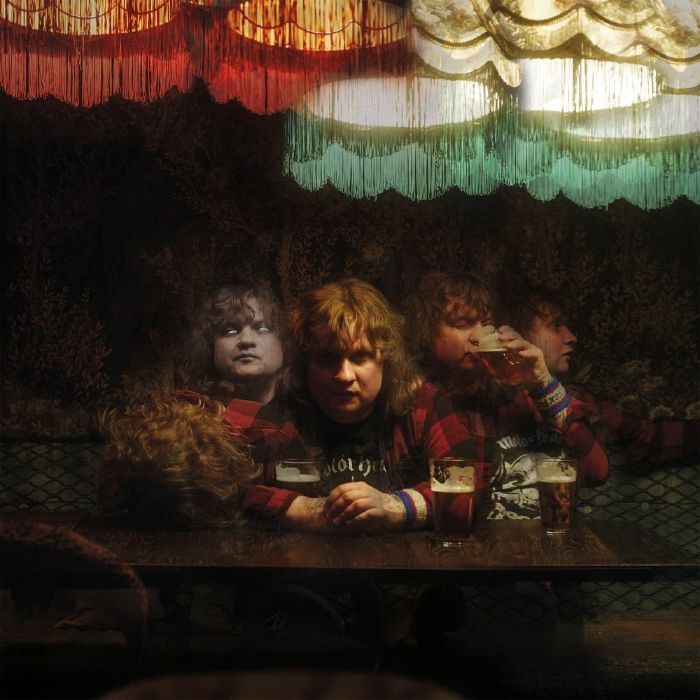
Perhaps best known for his work with Mr Big and Racer X, Paul Gilbert is an American guitarist of note with a body of work that underscores his remarkable work rate. Frequently listed as one of the greatest guitarists of all time, Paul has collaborated with the likes of Neal Morse, Todd Rundgren, Jason Becker and Ayreon, demonstrating the versatility that lies at the heart of any great artist. Now back with a new solo album (his fifteenth), following up his well-received 2016 effort, I can destroy, Paul simply recruited a brand new band (from his adopted home town of Portland, Oregon) and set about carving out twelve groovy tracks… so groovy, in fact, that drummer Brian Foxworth collapsed mid-session and had to be covered by Reinhardt Metz and Bill Ray!
The album opens with stunning instrumental Havin’ it, a jazz-infused workout that pairs blistering guitar with Asher Fulero’s expressive keys. Reminiscent of Joe Satriani, the piece flies around the listener with electrifying energy, Paul’s insistence on tracking live paid off by the sense of cohesion that only ever seems to be achieved by having the band play together at the same time, in the same room. It’s a vibrant start to the record and it leads nicely to the more restrained, Gilmour-esque blues of I own a building. It says much about Paul that he starts by writing out lyrics to a piece so that he is “a rhythmic and melodic puzzle to solve”. It grounds each piece and, in his eloquent guitar work, you can hear the lyricism without ever knowing exactly what he is saying. With a title that references a nursery rhyme, the nimble-fingered Everywhere that Mary went is another jazz odyssey, all scattershot rhythms and occasional snatches of the familiar, just to make the listener sit up and say “what was that?” when one such moment hurtles past. Whilst the title might suggest a slow ballad, the reality is that Love is the saddest thing is a fast-paced, hard-rocking beast of a track, as fresh and vibrant as the early morning sun and filled with awe-inspiring lead. The lengthy sir, you need to calm down opens with a dizzying solo of Faustian proportions, leading the listener to wonder exactly at which crossroads Paul sold his soul. That fiery finger-work continues into the aptly-titled song, with taut, funky rhythms underpinning the searing fretwork and a real sense of nervous energy being kept (only barely) in check. The first half concludes with what appears to be a dig at modern society with let that battery die. A more restrained piece, although Paul’s fingers still flash across the strings with enviable speed, the track as a whole has a bluesy feel, bringing the first half of the record to a satisfying close.
Opening the album’s second half, Blues for rabbit has a spring in its step as Paul leads his band across the countryside with glorious abandon. A light-hearted romp with an infectious sense of swing, blues for rabbit is an album highlight. A rather folky number, the melodic every snare drum is a subtly melancholy piece that leads neatly to the glorious blues of a snake just bit my toe, which recalls nothing so much as Sonny Landreth with its liquid slide and languid, southern charms. Another track that really captures a sense of the vast open spaces of the American landscape, a snake just bit my toe is traditional blues with a Gilbert twist and it sounds immense. The whimsically-titled I love my lawnmower is a sparkling romp built around a light, airy riff and fizzy keys. However, it pales in comparison against the album’s most surprising track – A herd of turtles, a piece reminiscent of Cream’s equally ludicrous Pressed Rat and Warthog. An oddball piece of jazz-infused art rock complete with oddball narration, a herd of turtles is a great track with a twinkle in its eye and a fantastic sense of fun. The album ends with the Hendrix-esque things can walk to you, a wah ‘n’ slide blues that brings the record to a satisfying close.
Like all instrumental guitar albums, there’s always a slight concern that their appeal will wane over time. To counter this, Paul sensibly writes each piece complete with lyrics, which means that each track takes on a song-like structure, the guitar taking the place of vocals and leading the melody. It results in a coherent, sonically adventurous work where the guitar is not free to simply roam at will (although it does on occasion), but rather it has to serve the song. This keeps each piece grounded and it results in memorable tracks that are ripe for interpretation – hell you can even add your own lyrics if you’re so minded. Working from a broad sonic canvas and with a cracking band in tow, Paul Gilbert keeps things fluid and interesting across the album’s run time and there’s no question that fans of great guitar work will find much to admire here. 8/10










Leave a Reply